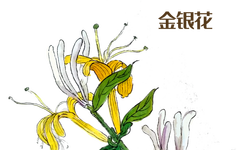

Recommended Reading (Click the title to view)
Collection: “King of Blood Nourishment”, suitable for both men and women, with different methods for each season!
Dr. Zhong Nanshan: A peak in COVID-19 infections is expected in November-December!

When consulting a TCM practitioner, observing the “tongue diagnosis” is essential. A person’s physical condition, such as cold-heat, deficiency-excess, and the state of qi and blood, can often be reflected on the tongue.
If doctors can determine the appropriate treatment by examining the tongue, can ordinary people also learn to observe their tongues to help prevent illness?
Absolutely!
Today, we have invited Professor Zhang Zhiguo from the China Academy of Chinese Medical Sciences, who has extensive clinical experience, to share the basic techniques of tongue observation.
01
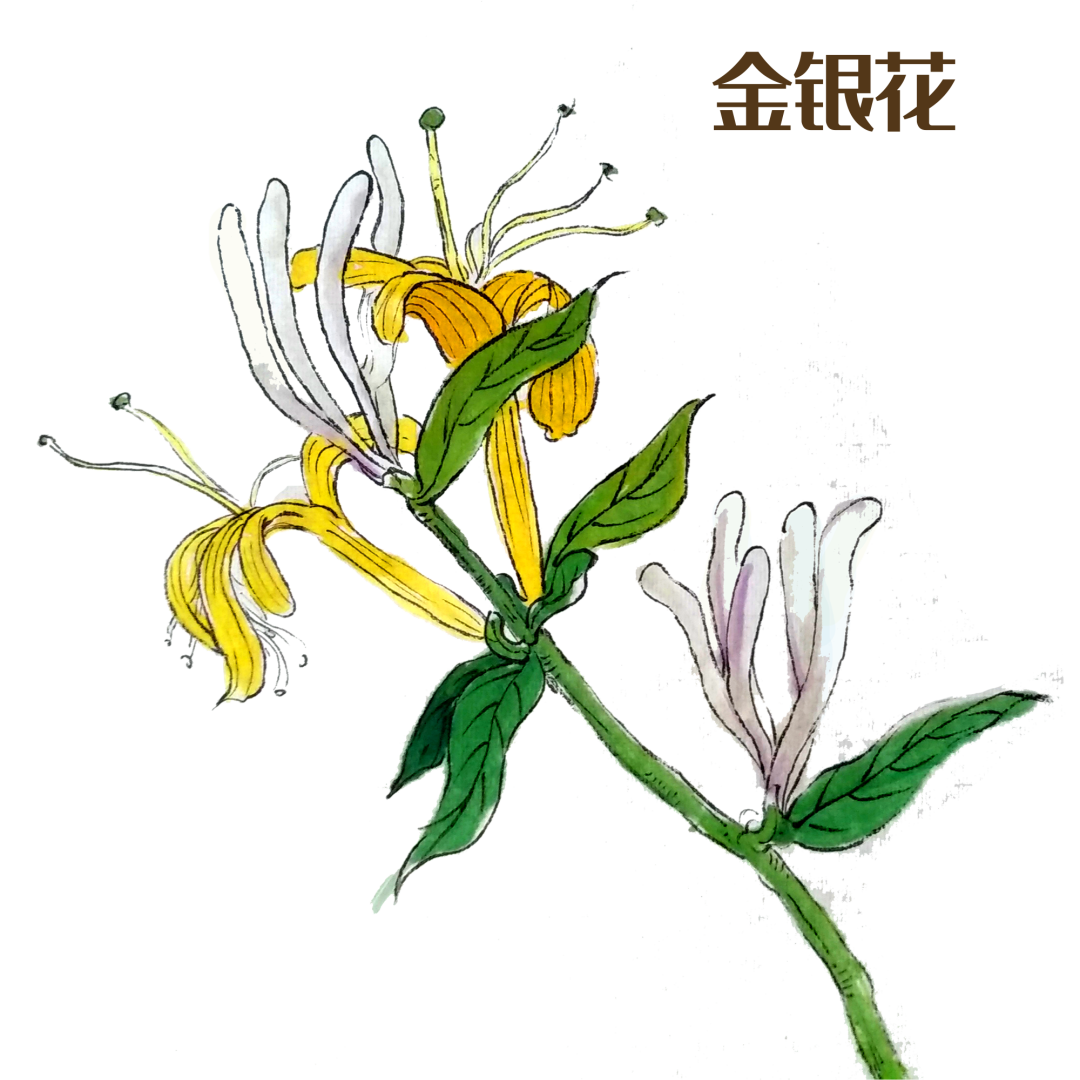
Observing the Tongue: Preventing Illness
Learning some basic knowledge about tongue coating is very beneficial for understanding our and our family’s current health status, thus better guiding our lifestyle. What are the specific benefits?
1
Observing the Tongue, Understanding Body Constitution
From the shape, quality, and color of the tongue, one can roughly determine whether one has a yin deficiency or yang deficiency constitution, which helps in dietary and lifestyle choices, such as yin deficiency needing to nourish yin and generate fluids, while yang deficiency requires warming yang and avoiding cold.
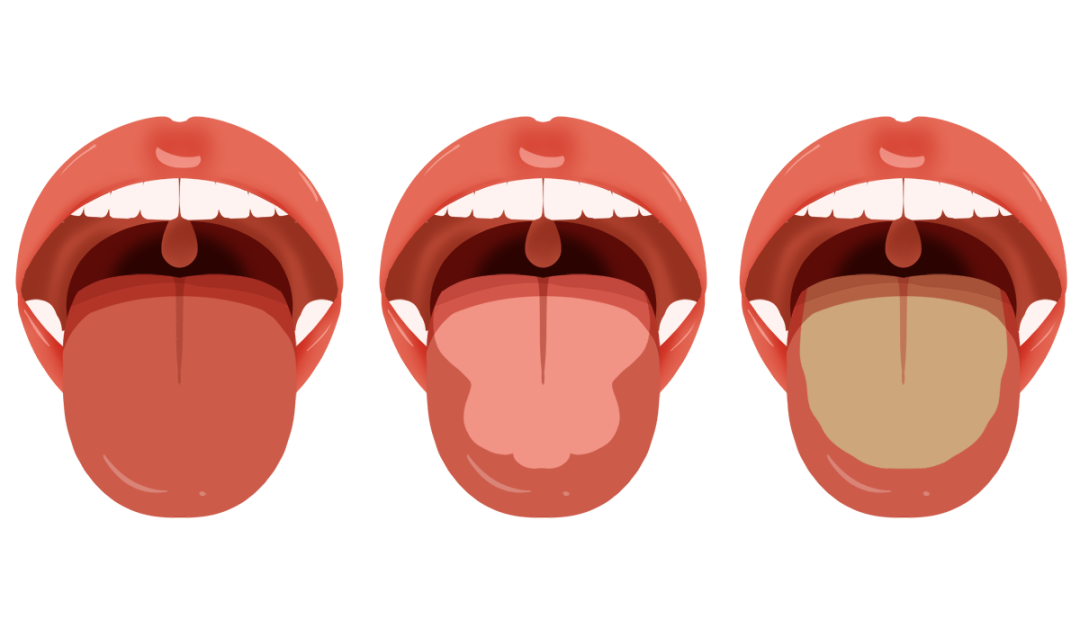
2
Observing the Tongue, Understanding Cold and Heat
By examining the thickness and color of the tongue coating, one can roughly assess the current state of cold and heat. If there are signs of heat, one can avoid foods that cause heat; if cold signs are evident, one should pay attention to warming yang.
3
Observing the Tongue, Understanding Deficiency and Excess
Judging the deficiency and excess of the tongue is more challenging. For those without a professional TCM knowledge base, mastering some characteristics of excess patterns can help avoid dietary “danger zones”. For example, if the tongue coating is thick, greasy, and yellow, or if it is covered with many red spots, these are often indicative of excess patterns.
For instance, in children’s diets, if one notices a thick and greasy tongue coating, it is essential to manage their diet carefully to avoid illness caused by food accumulation.
02
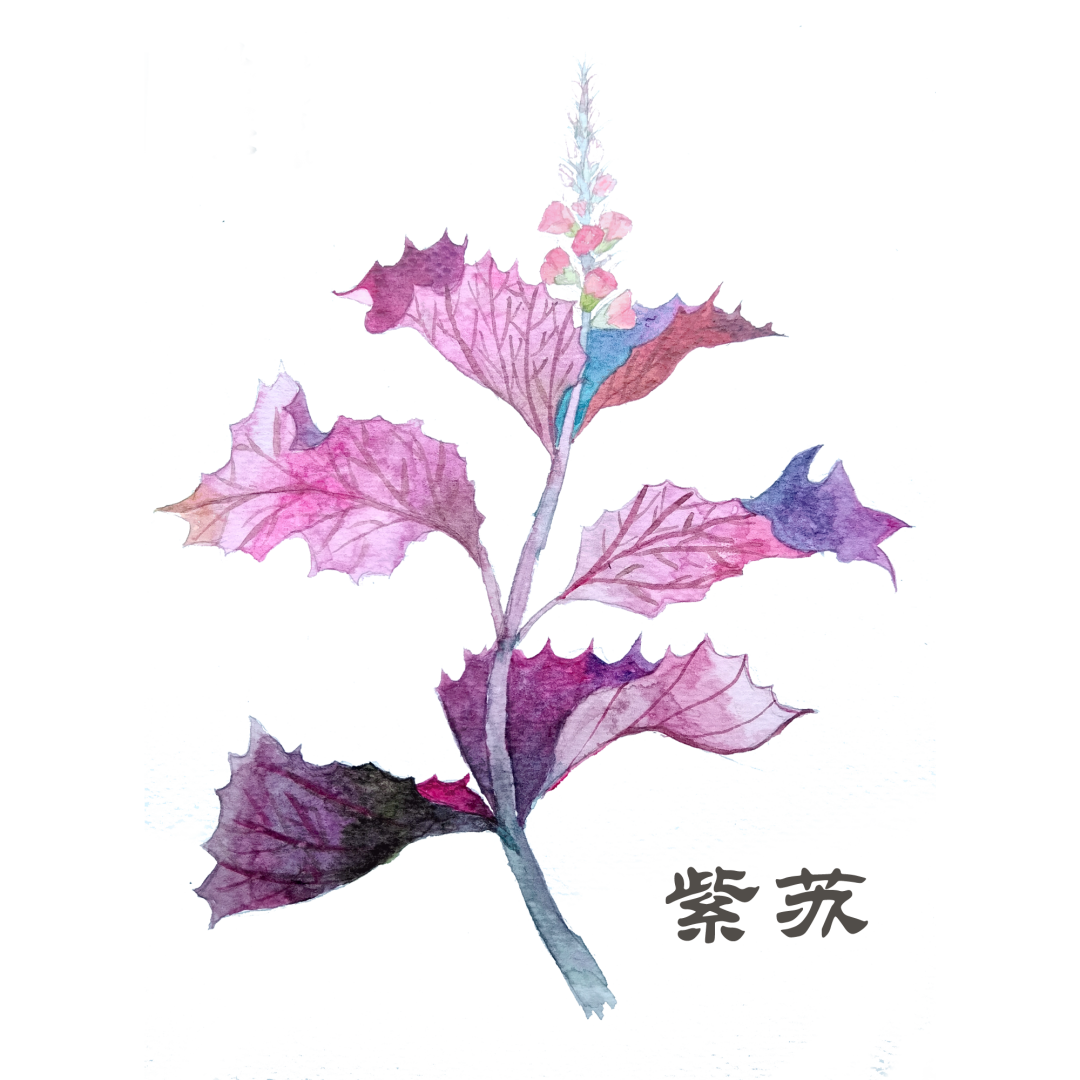
Understanding the Tongue’s Organ Zones
The tongue is an important organ in our body; it not only senses flavors but also reflects our health status.
In TCM, it is believed that “all organs are connected”; the organs of the body are linked to the tongue through meridians. Tongue diagnosis is one of the main diagnostic methods in TCM, and different areas of the tongue correspond to different organ conditions, reflecting the health status of the corresponding organs, thus guiding doctors in identifying the location of illness.
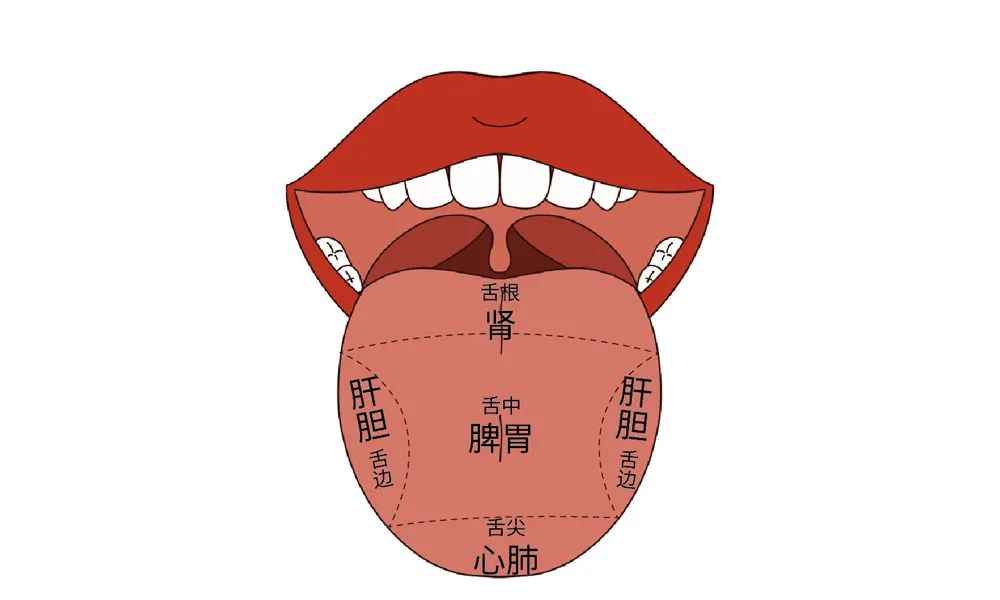
According to the current TCM diagnostic textbooks, the distribution of organs on the tongue is as follows: the tip of the tongue corresponds to the heart and lungs, the middle of the tongue corresponds to the spleen and stomach, the root of the tongue corresponds to the kidneys, and the sides of the tongue correspond to the liver and gallbladder. This is clearly illustrated in the image above.
03
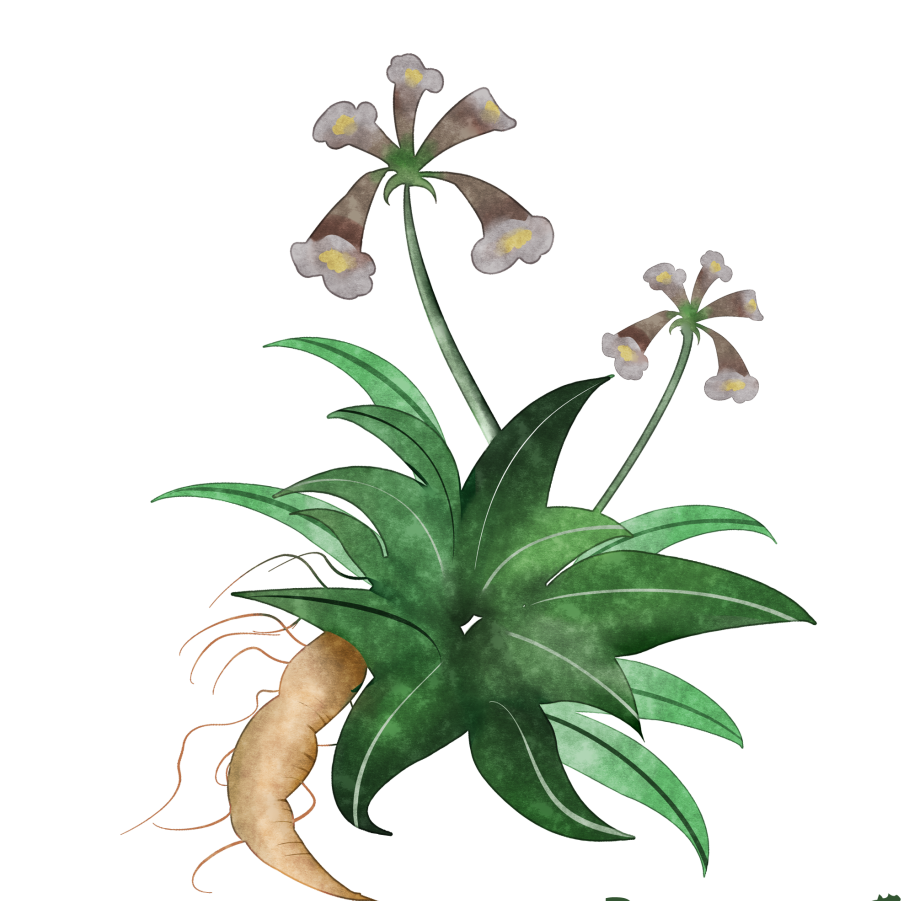
Six Simple Steps to Determine Body Constitution from the Tongue
A healthy tongue is “light red tongue, thin white coating”. When naturally extending the tongue, it should be slightly separated from the corners of the mouth; even if the mouth is opened for several minutes, the tongue should not easily dry out.
Using this as a reference, how can we understand our physical condition through the characteristics of the tongue? Professor Zhang believes we can observe the following six aspects.
1
Observe the Tongue Shape
In TCM, the shape of the tongue is closely related to body constitution. Judging the tongue shape helps in quickly assessing the constitution.
● Thin and long tongue: primarily indicates a yin deficiency constitution.
● Fat and large tongue: primarily indicates a yang deficiency constitution.
● Teeth-marked tongue: has obvious indentations along the edges, typically indicating spleen deficiency with dampness.
● Middle concave with bulging sides: indicates some liver qi stagnation.
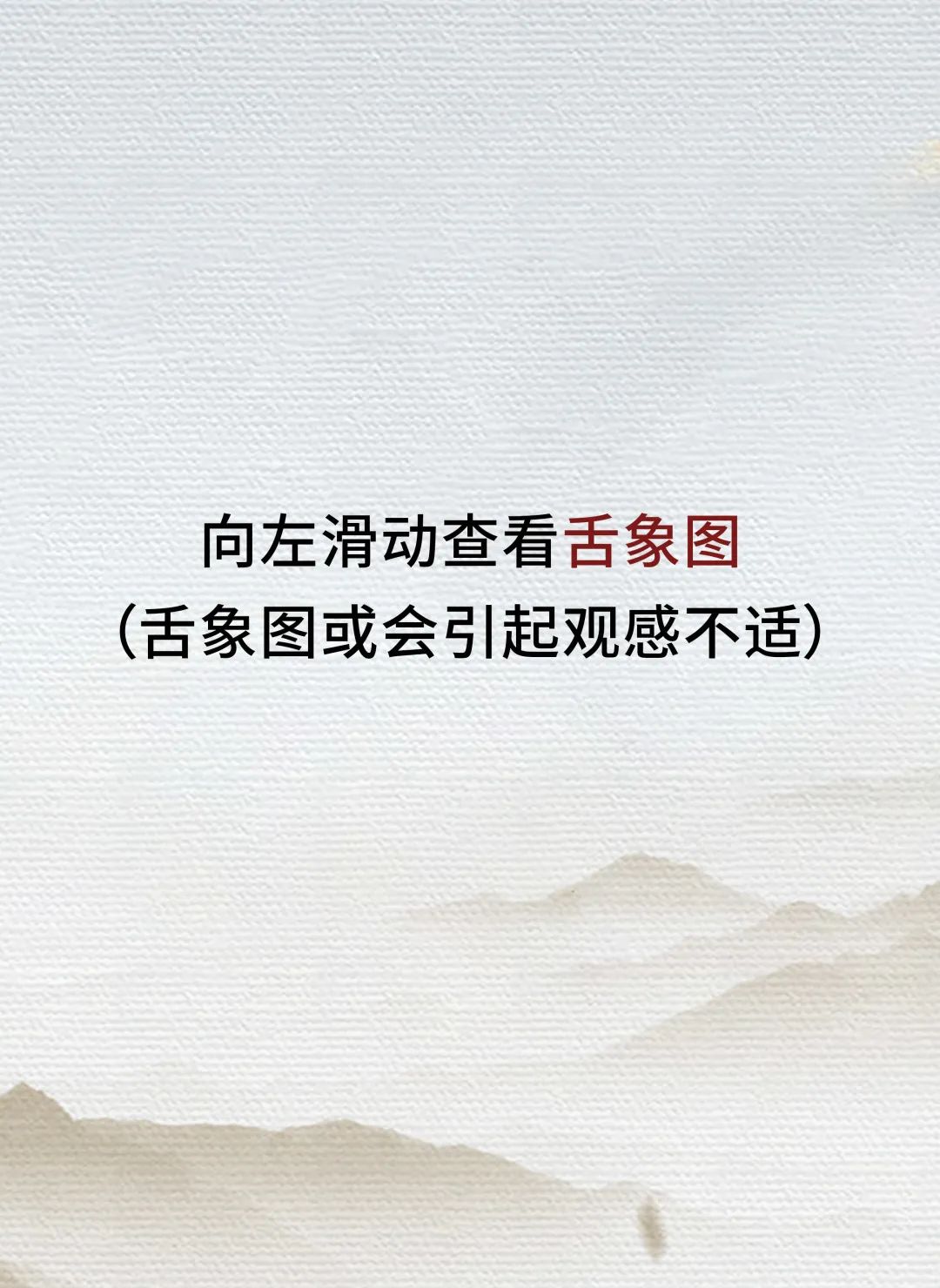
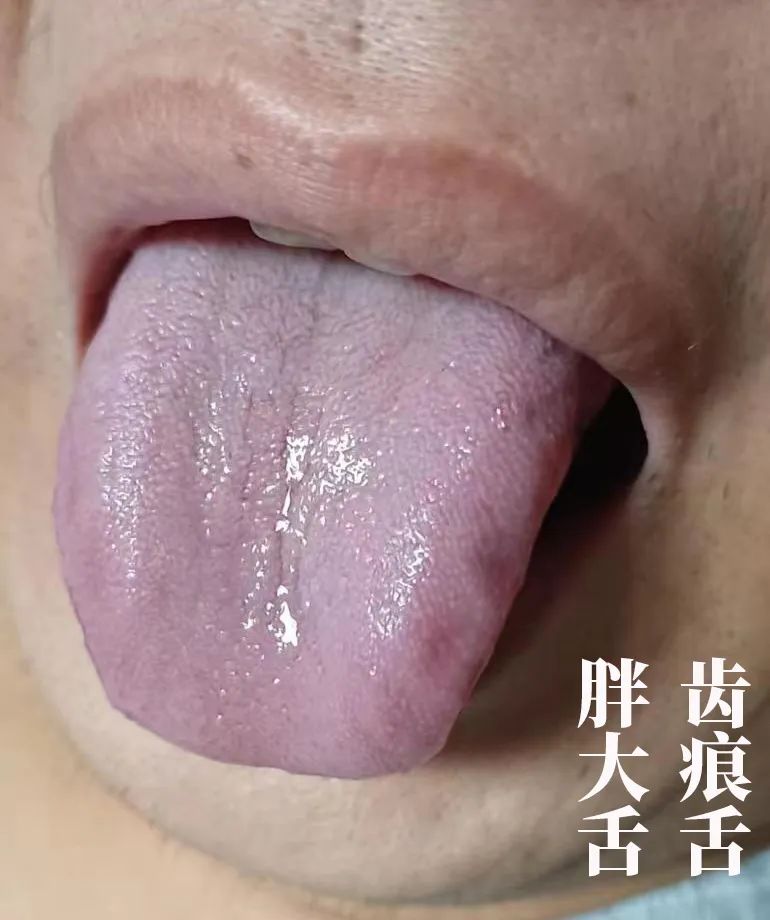

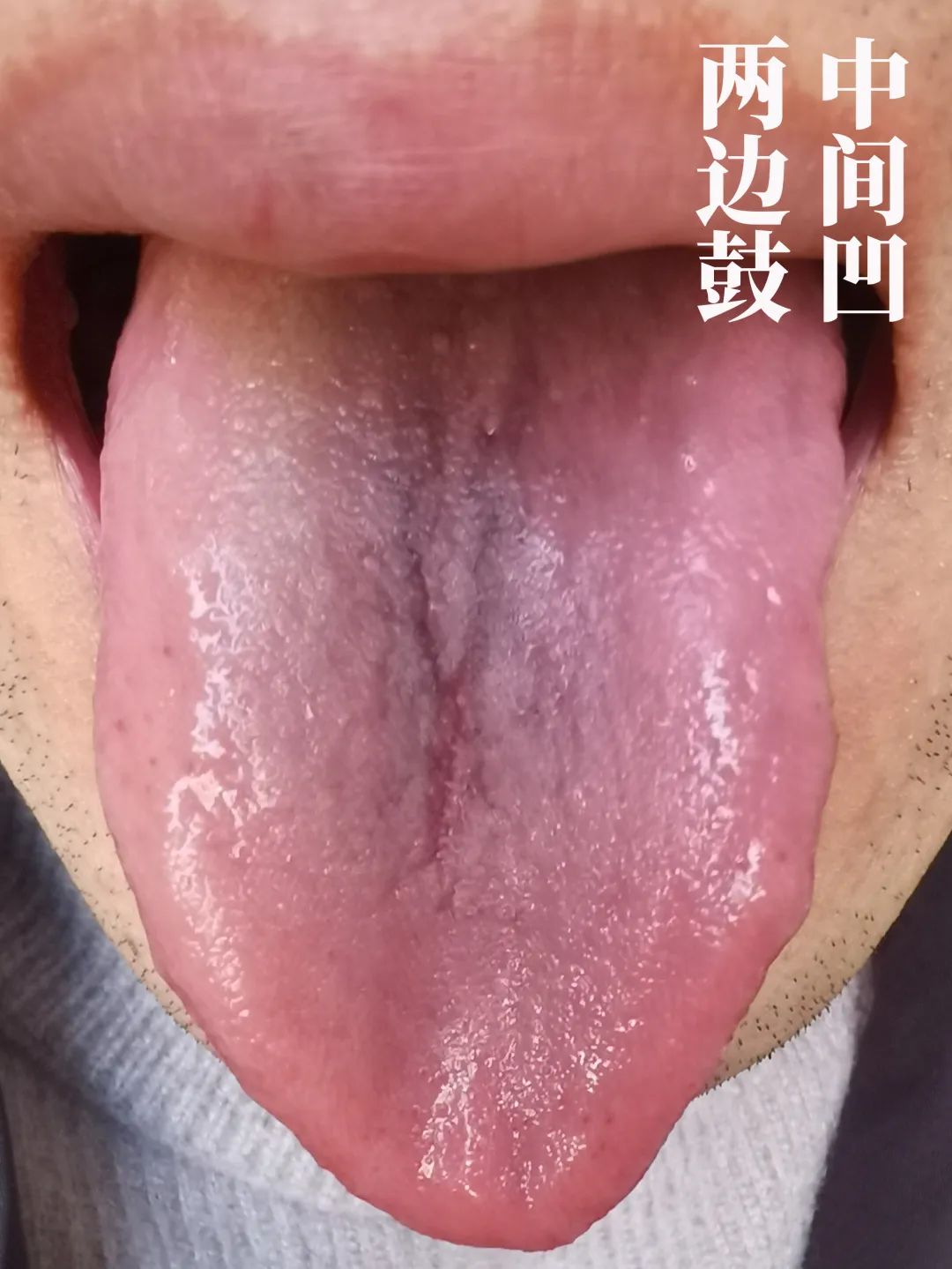
2
Observe the Tongue Color
The color of the tongue body can indicate whether the overall constitution is leaning towards cold or heat, as well as the state of qi and blood.
● Red tongue: indicates a certain degree of heat in the body.
● Pale white tongue: indicates a cold constitution, suggesting insufficient qi and blood, and yang deficiency.
● Purple-red tongue: indicates a dark or even purplish color, often accompanied by purple spots or stasis, suggesting blood stasis and poor circulation of qi and blood.

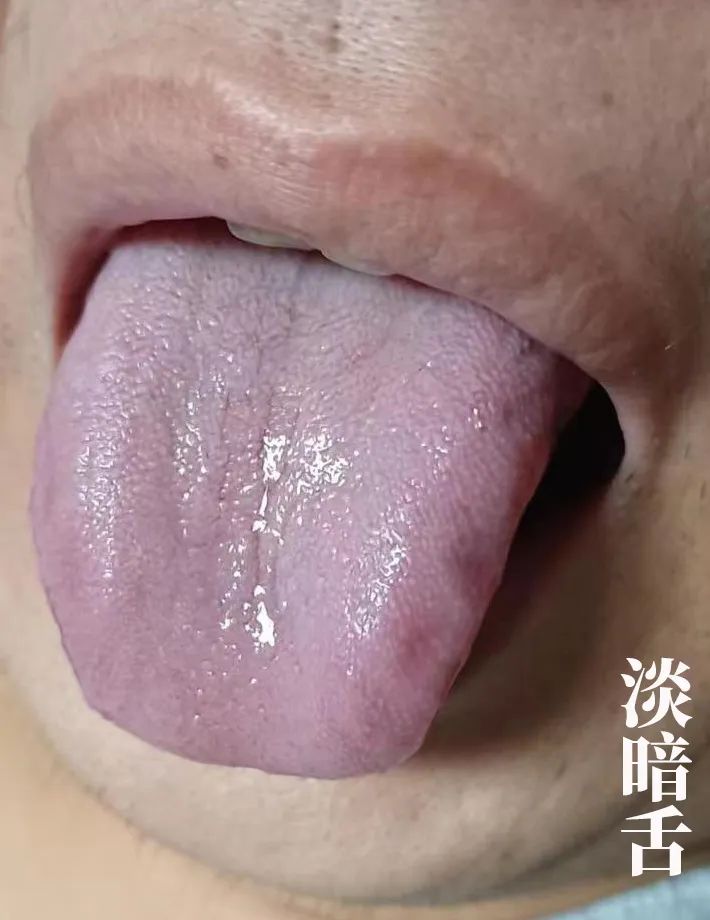
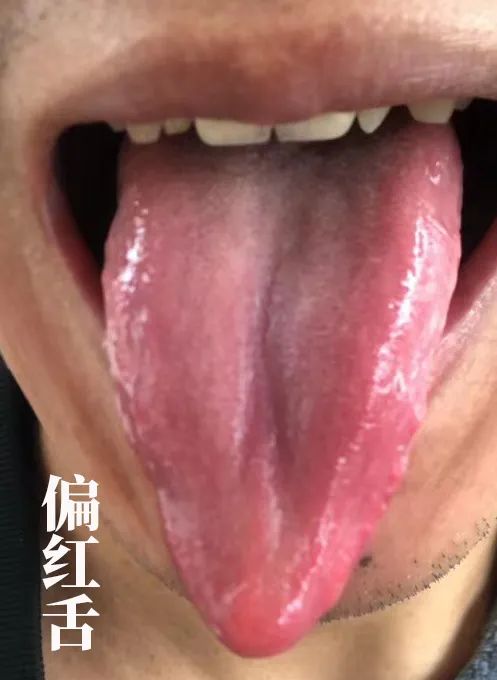
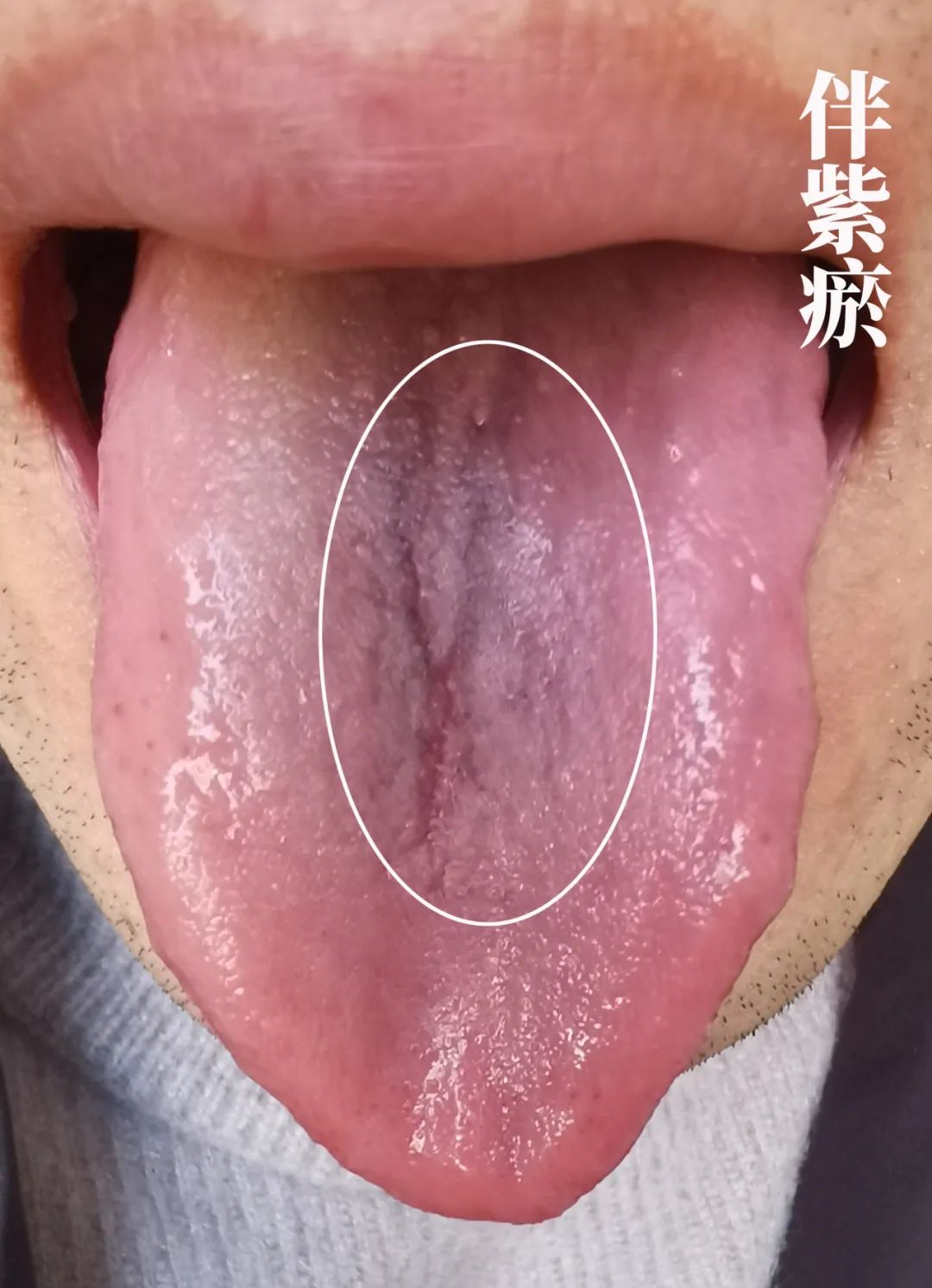
3
Observe the Tongue Quality
The tongue quality mainly refers to the appearance and texture of the tongue, such as whether it is rough, cracked, or smooth and moist. Normally, the tongue is covered with saliva, appearing moist and delicate. Insufficient or excessive moisture reflects different bodily conditions, as saliva is also part of the body’s fluids.
● Dry and rough tongue: may indicate a yin deficiency, reflecting insufficient body fluids.
● Moist and slippery tongue: may indicate excessive dampness.

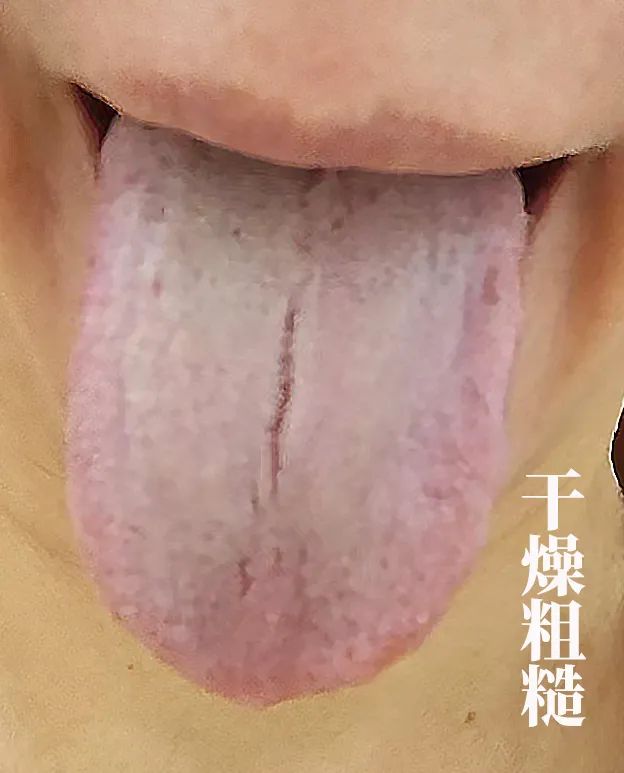
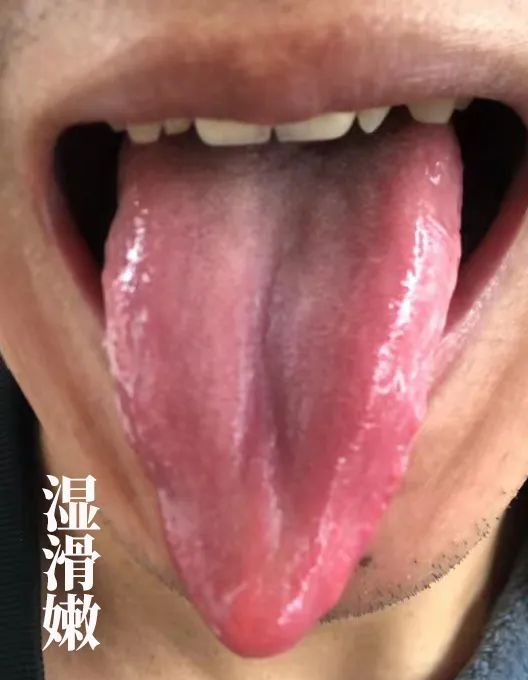
4
Distinguish the Tongue Coating
In clinical TCM diagnosis, observing the tongue coating is a very important step. Changes in the tongue coating reflect changes in the disease. TCM practitioners can better understand the progression of the illness by observing the characteristics of the tongue coating. Therefore, observing the tongue coating is also the most intuitive representation of our health.
● White coating: is a clinical manifestation of exterior syndrome or cold syndrome. Thick white coating indicates significant internal cold and dampness.
● Yellow coating: is a clinical manifestation of heat syndrome; the deeper the yellow, the more severe the internal heat.
● Gray-black coating: indicates significant internal cold or heat, generally suggesting a serious condition that requires attention.

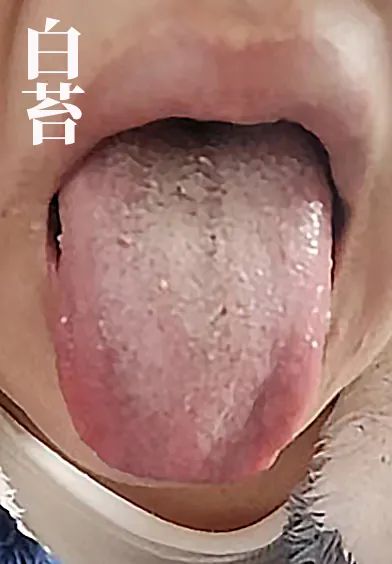
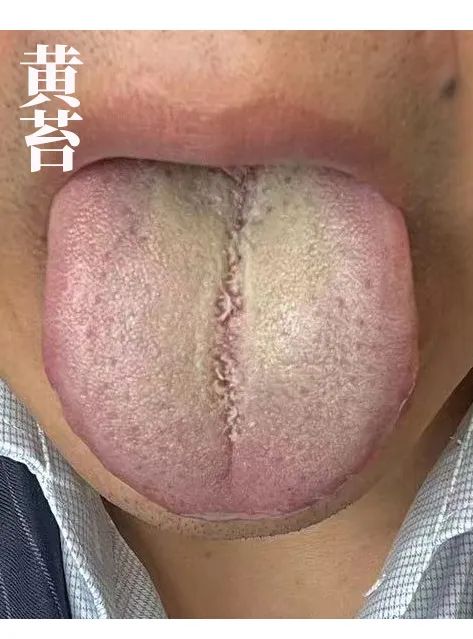
Note: Gray-black coating indicates a serious condition and is not displayed here. However, it is important to note whether the color of the coating is due to food staining or if it has resulted from the long-term use of antibiotics. If it is drug-induced, it generally resolves after stopping the medication.
5
Observe Specific Features
Some features displayed on the tongue can provide important clues to the doctor.
● Cracked tongue: excluding congenital factors, a cracked tongue that appears later in life indicates some damage to the organs. Generally, the physician will make a comprehensive judgment based on the shape, texture, color, and coating of the tongue.
● Thorny tongue: has red spots or thorns, indicating a heat pattern.
● Geographic tongue: commonly seen in children, indicates impaired spleen and stomach function and insufficient stomach yin.
● Sub-lingual stasis: with prominent veins and clear blue-purple coloration, indicates blood stasis.

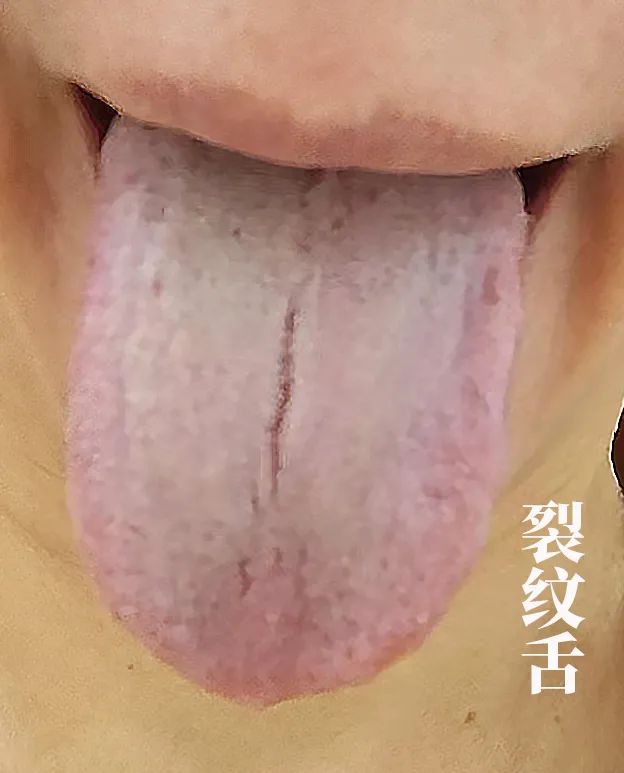
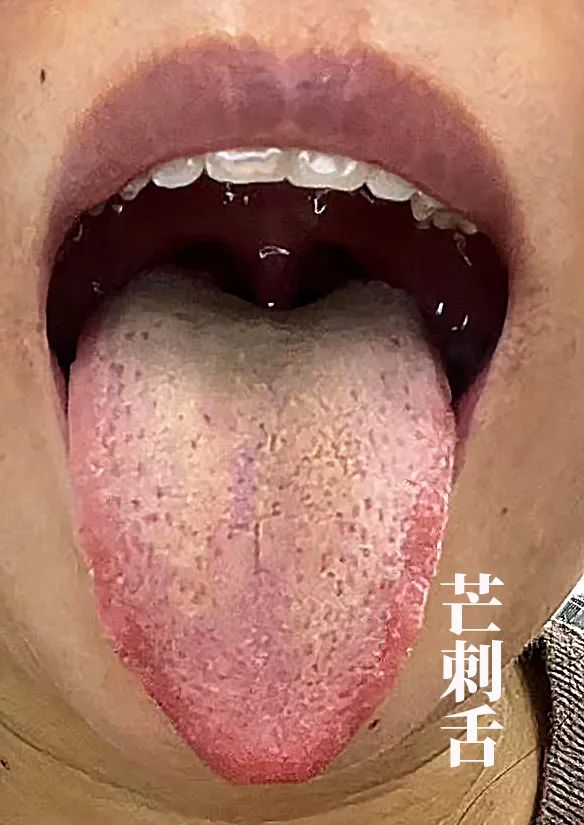

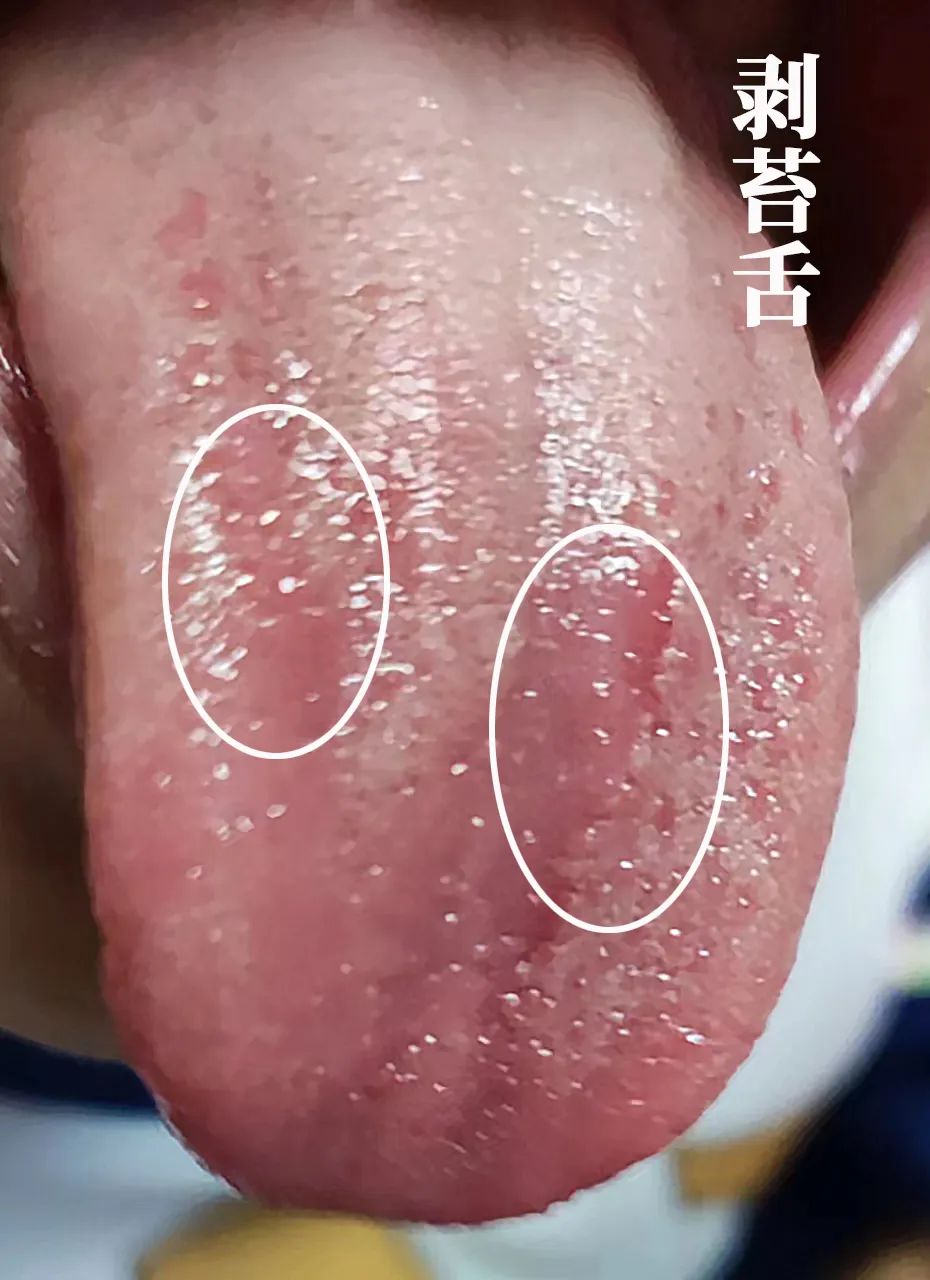
6
Observe the Zones
As mentioned earlier, different areas of the tongue correspond to different organs. When observing the above characteristics, pay attention to which areas they primarily occur, as this will prompt us to focus on the corresponding organ’s regulation.

04
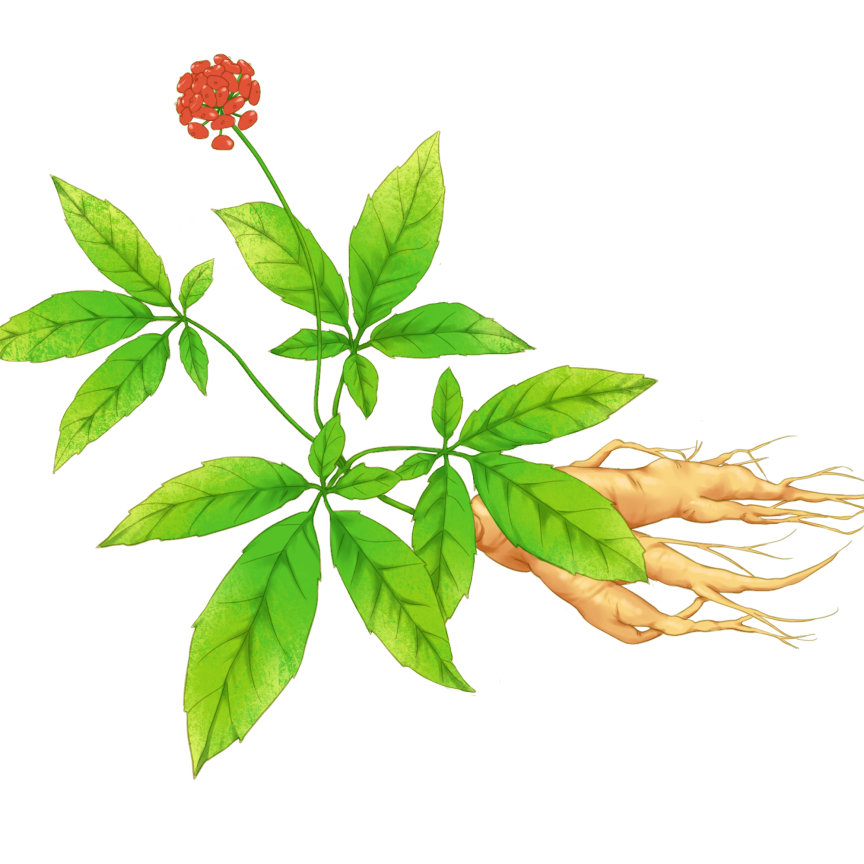
Three Common Abnormal Tongue Patterns
Below are three common sub-health tongue patterns observed in daily life. You can compare them with your own tongue. If you notice similarities, it is advisable to seek medical advice for regulation.
1
Pale white tongue with qi deficiency and dampness
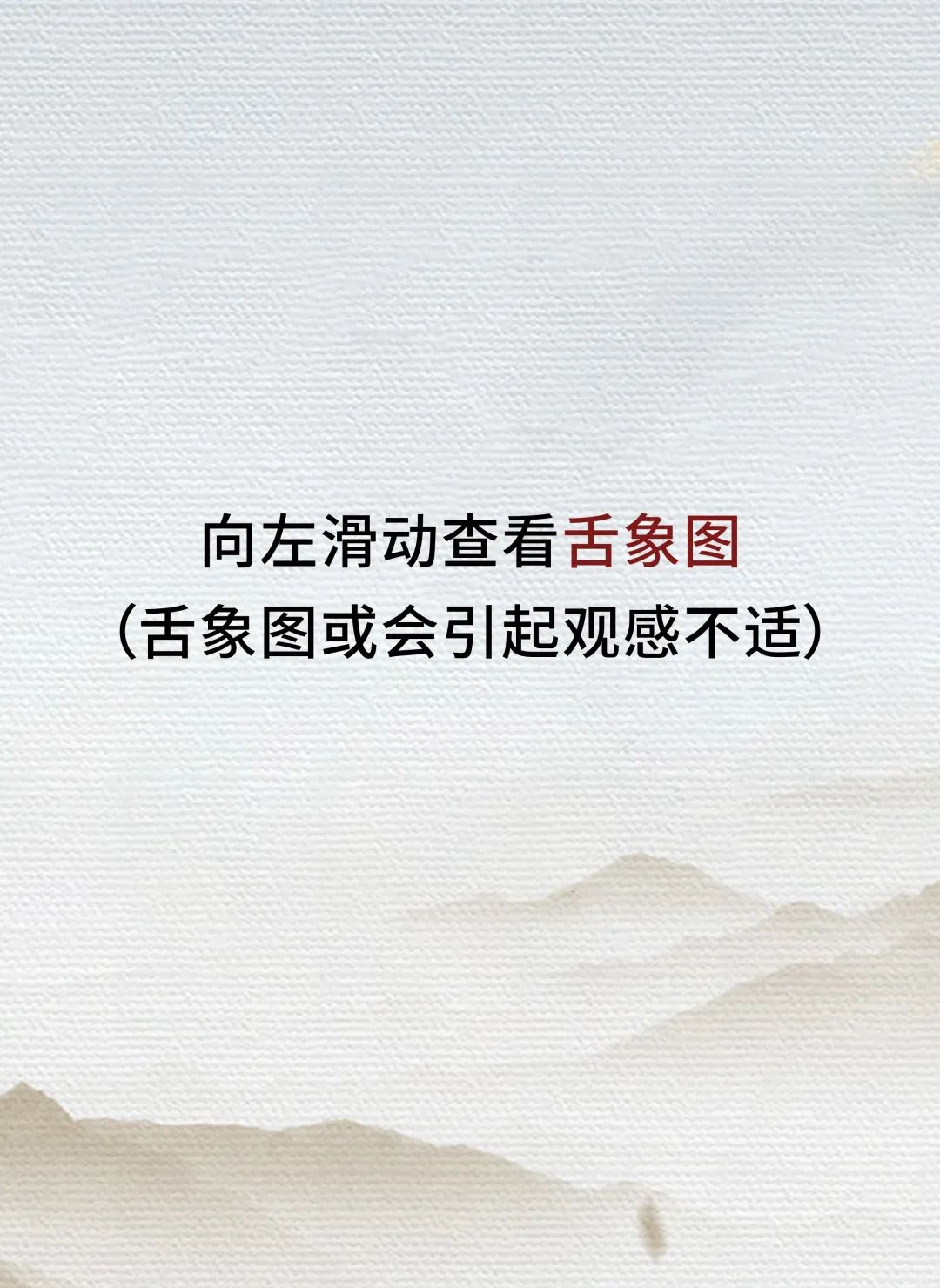
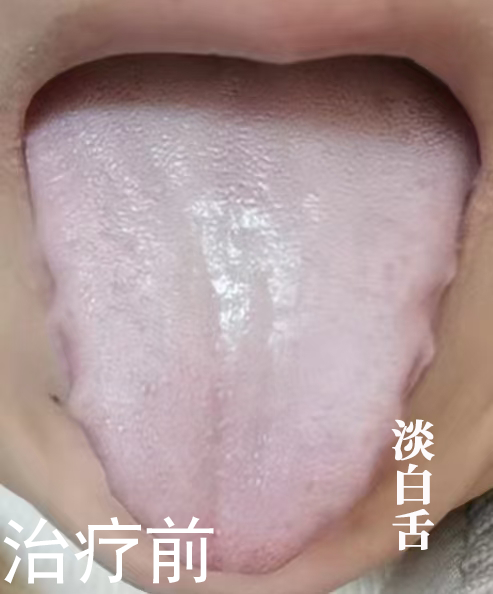
This tongue pattern indicates insufficient qi leading to a lack of essence and excessive moisture, with the tongue appearing firm rather than tender, indicating a situation where yang does not transform yin, along with a deficiency of yin fluids.
2
Fat and large tongue with spleen and stomach damp-heat


This tongue pattern shows a pale white tongue with a thick greasy coating, yellowish in color, and a prominent central crack, indicating significant damp-heat in the spleen and stomach.
3
Thin and long tongue with liver qi stagnation and yin deficiency

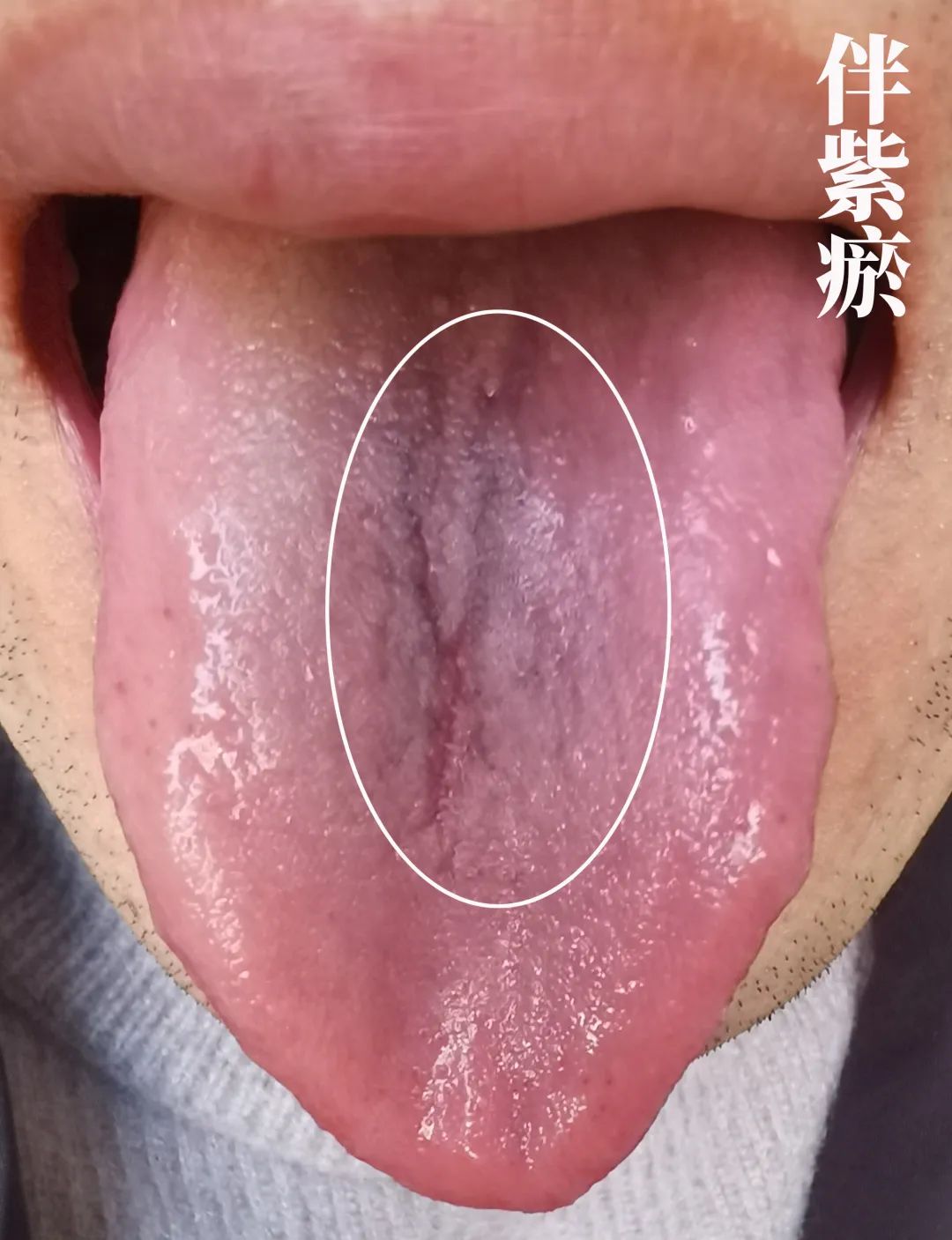

This tongue pattern shows a thin and long shape, with a rosy quality, a central concavity, and bulging sides, indicating liver qi stagnation, spleen deficiency, and internal heat due to yin deficiency. The tongue pattern may also be accompanied by blood stasis.
05

Considerations for Observing the Tongue
★ The tongue should be naturally extended without force;
★ It is best to observe in soft, natural daylight;
★ Avoid eating foods with strong colors before observation;
★ Do not observe the tongue within half an hour after waking or eating;
★ Distinguish between black greasy coating or moldy coating caused by medication.
In summary, observing the tongue can provide a general understanding of one’s health status, but tongue diagnosis is only a part of TCM observation. For a more accurate diagnosis, it is necessary to integrate other aspects of observation (facial color, spirit), as well as pulse diagnosis and presenting symptoms for a comprehensive assessment. Therefore, to truly treat and regulate health, it is best to leave professional matters to professionals!

Scan to Join the Group for Benefits
Medicinal Diet Recipes+Limited-time Free Consultation
+Irregular Benefits

/ Zhang Zhiguo/
Department of Traditional Chinese Medicine, Chief Physician
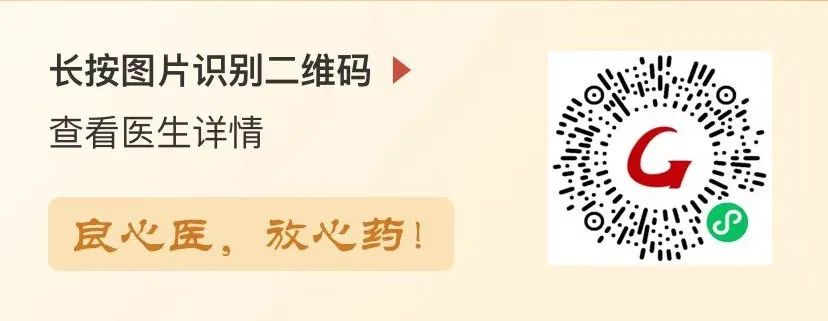
Profile
Doctor of Medicine, Chief Physician at the China Academy of Chinese Medical Sciences, PhD supervisor. Graduated from Beijing University of Chinese Medicine. A disciple of the late renowned TCM physician Shen Shaogong, and a student of renowned TCM physicians Huang Huang and Zhou Chaofan, he is the 20th inheritor of the intangible cultural heritage “Shen’s Gynecology Therapy”, skilled in using classical formulas to treat internal and gynecological diseases.
Currently a council member of the Chinese Association of Integrative Medicine, and a member of the Geriatric Health Rehabilitation Committee of the Chinese Geriatrics Society, as well as a council member of the Beijing Association of Traditional Chinese Medicine Health Preservation.
Specialties
Gynecological diseases: polycystic ovary syndrome, uterine fibroids, ovarian cysts, various menstrual disorders, infertility, etc.
Endocrine and metabolic diseases: diabetes, hyperlipidemia, hyperuricemia, thyroid diseases, obesity, etc.;
Neurological and psychiatric disorders: post-stroke sequelae, insomnia, anxiety, depression, etc.
Consultation Schedule
Sunday evenings at Beijing Gushengtang Jingguangshun TCM Hospital
Note: This article is for medical popularization and reference for readers. TCM diagnosis and treatment require differentiation and treatment based on syndrome. If you have any discomfort, please seek medical attention promptly.
Note: Images in this article are sourced from 123rf.com.cn licensed image library and QianKu Network.
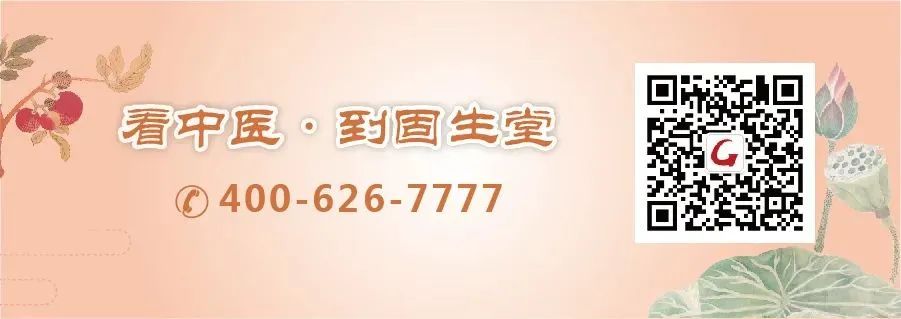

Share

Like

View

Save

